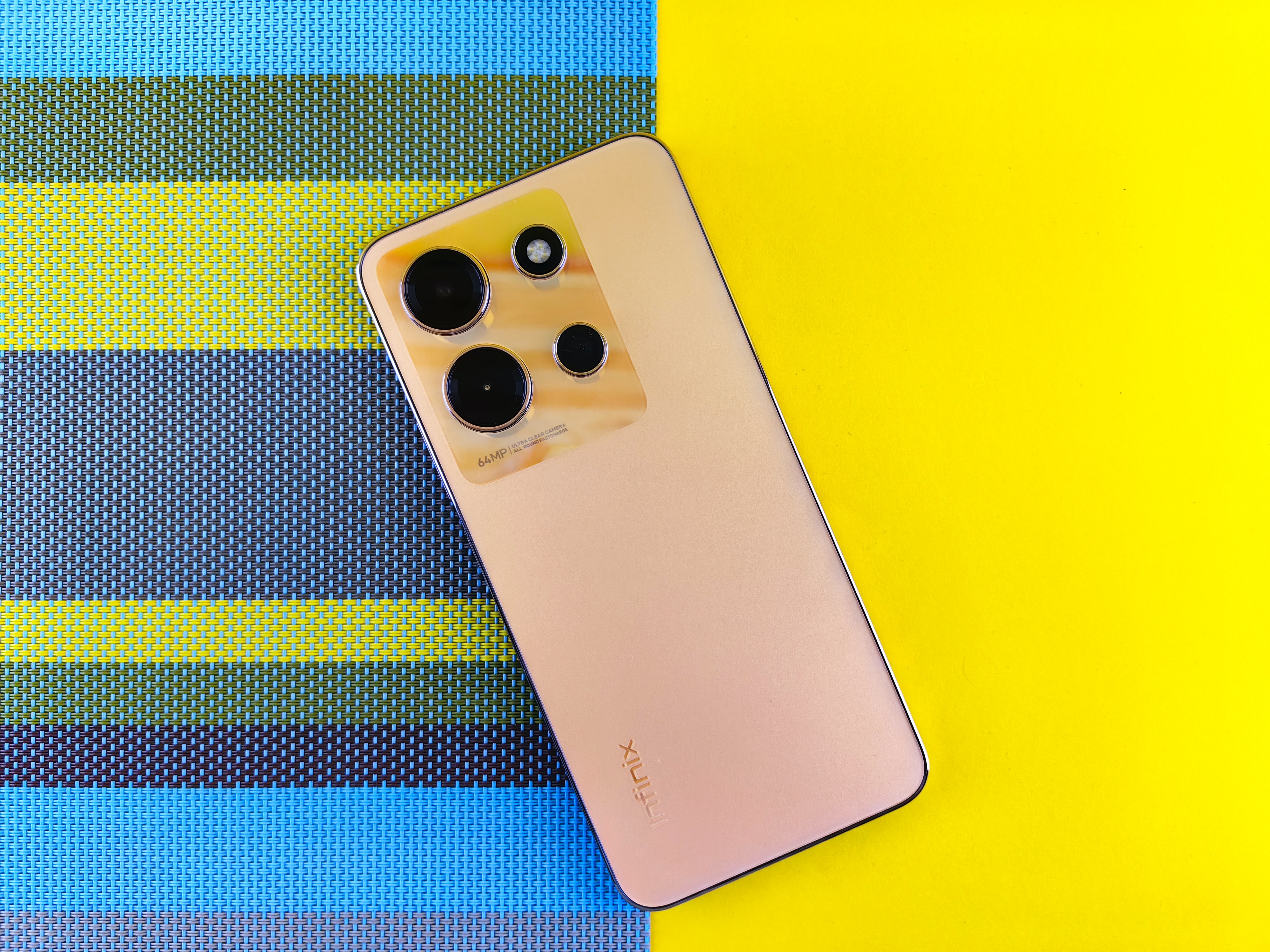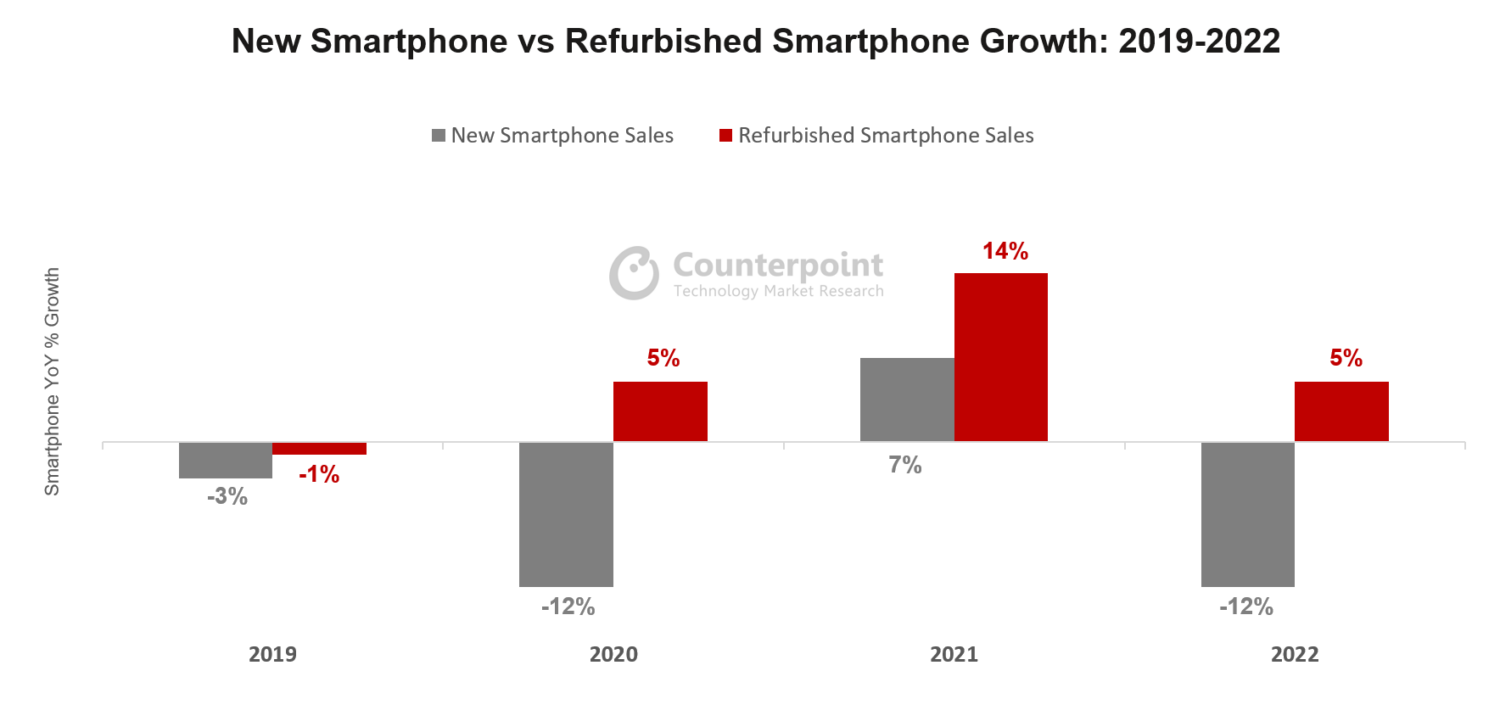
Buying a good used phone is a great way to save some cash while upgrading to a better device. But it’s not just about price; there are other factors to consider when shopping for a used smartphone. Want to buy used iPhone X? Have a look first.
Used vs. pre-owned vs. refurbished

First, you need to know exactly what you’re buying, as different terms can describe various types of used phones. While different resellers have different standards for what qualifies as a used, certified preowned or refurbished smartphone, there are some general guidelines for what you can expect.
If you want to buy used mobile phone, it is likely coming directly from a private seller. At best, the site they are selling it on may offer some guarantees that the device meets the description and photos provided.
Certified preowned devices offer a little more reassurance to the buyer, in that they underwent some testing to verify that they are functioning properly. As a result, the device should come with some kind of limited warranty.
Refurbished devices are held to the highest standard of the three categories, as they undergo software or hardware repair to return them to like-new functionality. You’ll find refurbished offerings at retailers. If you’re looking for a refurbished iPhone, you can also go directly to Apple.
Now that you have an idea of what you’re shopping for, here are the lessons I’ve learned after years of buying used smartphones (and making a few mistakes along the way).
Know your network, or buy an unlocked phone

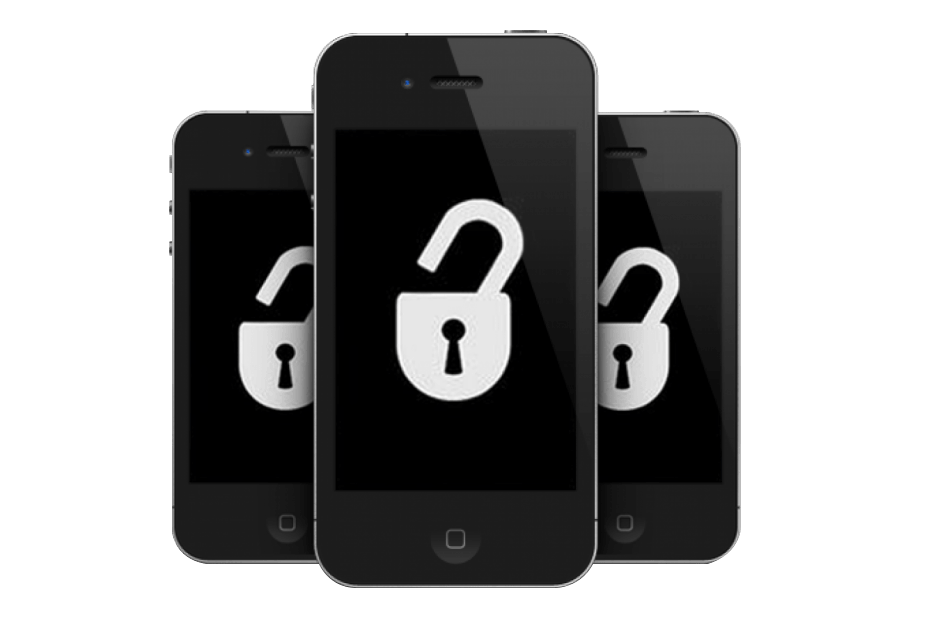
One of the most important factors to consider when buying a used phone is to make sure the device will work with your carrier of choice. The easy way to do this is to buy directly from your carrier; most offer certified preowned and/or refurbished devices that will be guaranteed to work on that carrier.
If you don’t go the carrier route, just be sure that the device you are buying indicates that it is compatible with, and ready to activate on, whichever carrier you choose. You can also opt for a multiband unlocked smartphone, which can be activated on any carrier. Just consult the specs of whatever phone you’re shopping for to confirm it supports all of the relevant network frequencies for your carrier, or you won’t have optimal coverage.
Research prices


The next step is to figure out what the going rate is for your chosen smartphone. There’s always some variability in used smartphone pricing, but you should be able to narrow it down by looking at a few sites. Just make sure that you are comparing apples to apples in terms of the general condition of the phone and what’s included. For example, visit several sites to look when you want to buy used iPhone X.
Know the return policy


Try to get your phone from a reseller with a return policy. If you don’t buy from a carrier or phone maker, at least try to get your phone from a reseller with a return policy. While most physical damage is easy to detect the moment you receive your phone, it can take a bit longer to spot malfunctioning hardware or software. So consider the return window when you’re shopping for a phone, and once you complete the sale, make a note of the final day when you’re allowed to return it, just in case.
Know your seller


When you buy used mobile phone through a private seller on sites, you need to determine if the person you’re about to send hundreds of dollars to can be trusted. And unfortunately, you’re usually basing that decision on a fairly limited amount of information. Try to get the company’s information from as many different sites as possible.
Note the phone’s overall condition

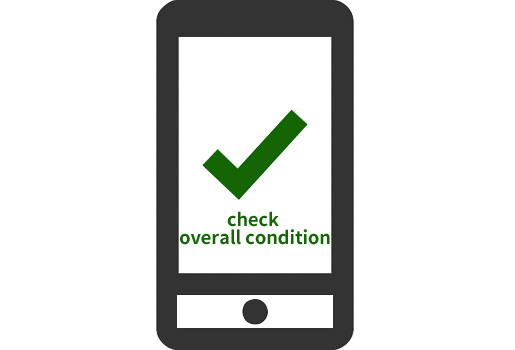
The phone’s screen should be your primary concern when you’re examining a used phone. Any chips or cracks are an immediate deal breaker, as replacing a screen is costly and can indicate other problems with the device.
From there, you should look for any dents or significant abrasions that indicate a device has been dropped repeatedly. That could start to cause separation in the body of the phone or damage to the internal components.
If the phone passes these tests, it is really just a question of what kinds of minor scratches or abrasions you are willing to tolerate, and whether you are planning to use a case. It’s worth considering that superficial damage can mean a lower price, and with a case covering the phone, you might not notice any cosmetic flaws in day-to-day use.
Check what you’re getting besides the phone

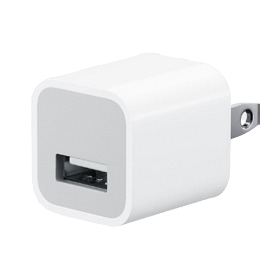
The items included with the smartphone are not only a bonus; they can also give you valuable information about the seller. For example, if a seller has the original box, that’s a great indicator that you aren’t looking at a stolen device. If they include a case and/or a screen protector, the phone is probably in good physical shape. Getting the original charger for your device is also more important than it once was, as many Android phones support fast charging that will work only with compatible chargers.
Consider software updates

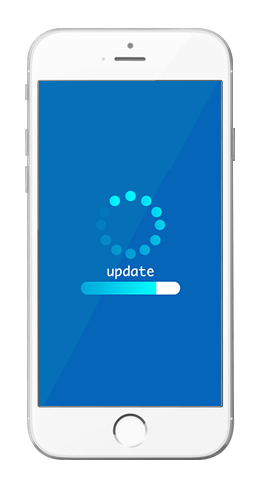
While the hardware on your smartphone remains the same as the day it was first sold, the software can — and should — continue to advance.
Software updates are less of a concern for iPhones, as Apple typically supports its old hardware. Still, exercise some caution if you’re looking at an iPhone that’s more than a couple of years old. This fall’s iOS 11 update will reportedly work only on 64-bit devices, meaning phones such as the iPhone 5 and iPhone 5c won’t be able to run the latest software.
Consider battery life

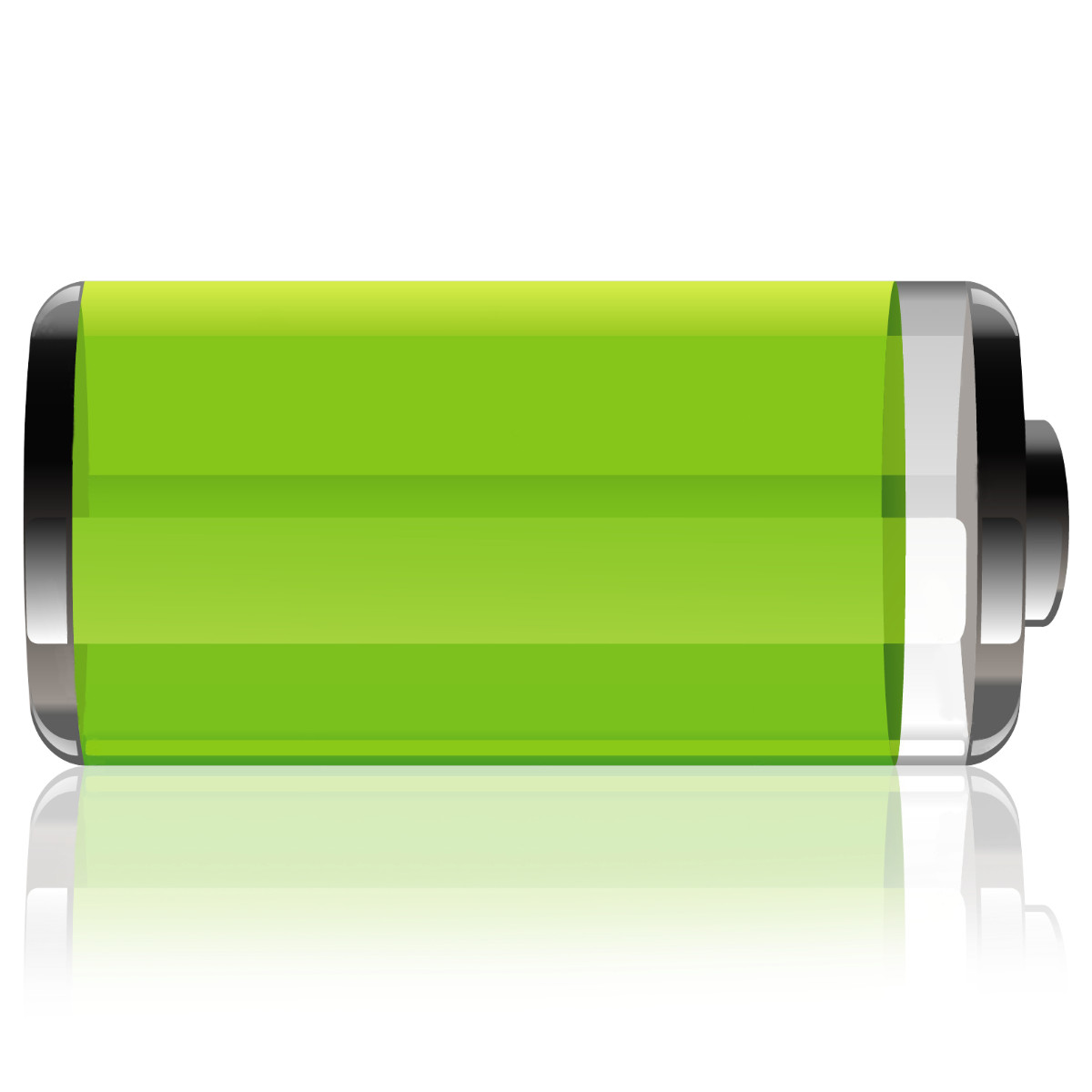
The lithium-ion batteries that power smartphones lose a little of their capacity every day, so by the time they are 1 to 2 years old, they probably have only 80 percent of the original battery capacity, at best. Unless you’re buying one of the few Android devices that still feature replaceable batteries, this could be a deciding factor if you are a heavy smartphone user or frequently away from a charger at a time. You can either turn to an external battery for use in emergencies, or you can pay to have the battery on your used phone replaced.
Check your phone immediately once received


So you’ve gone through all the steps above and finally have the smartphone in your hands. If you have a return policy, so it's time to figure out if there are any hidden problems.
If you didn’t obtain the smartphone from your carrier, this would be the time to verify that the device isn’t stolen or carrier-locked. You can check by either contacting your carrier with your phone’s IMEI number or by trying to activate the smartphone on your account.
Once you’ve passed that test, do a basic physical check of the phone to ensure that there aren’t any surprises. Look over the phone, and move your hands around it, applying slight pressure to verify that there isn’t any separation in the case or screen.



